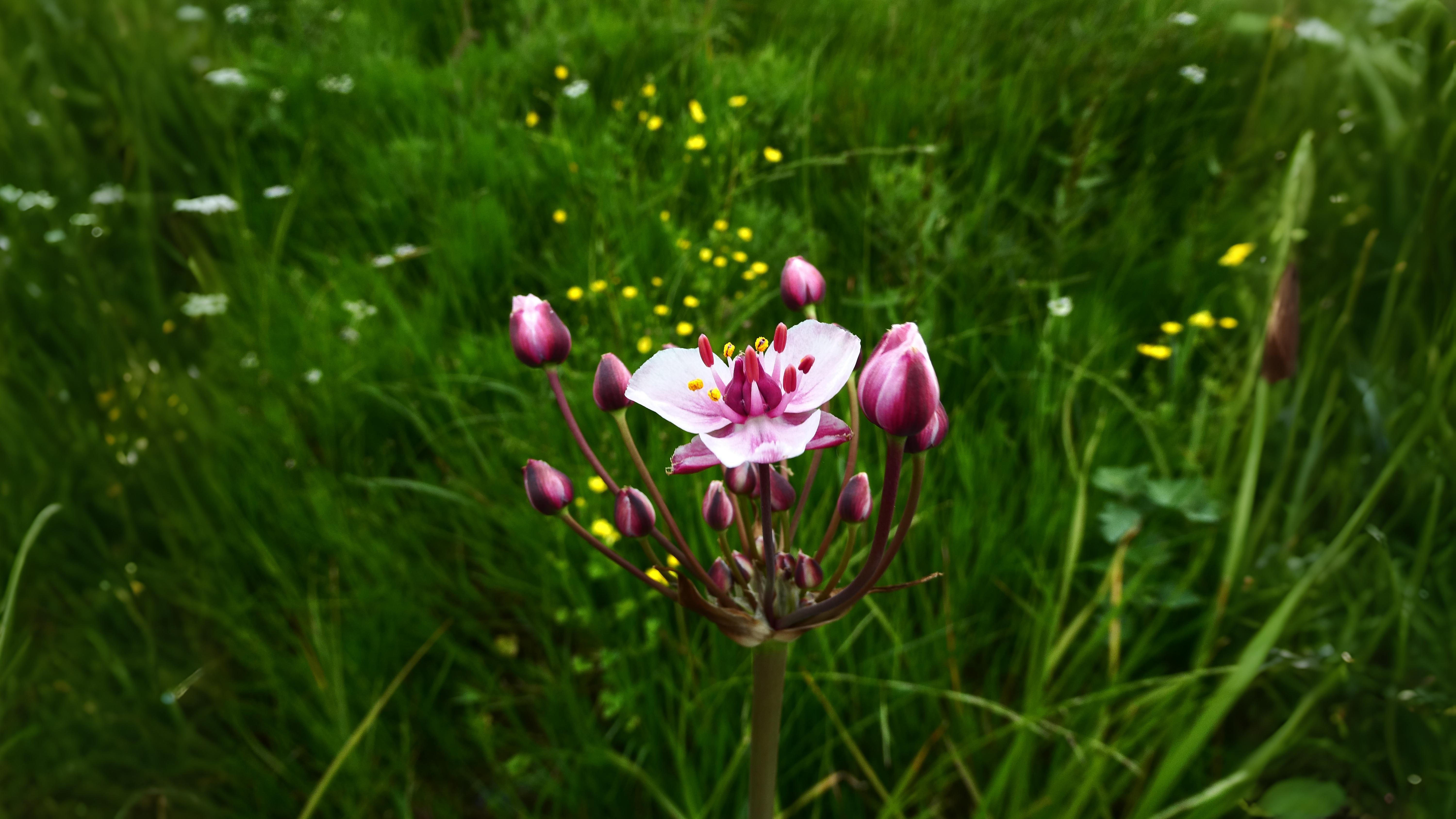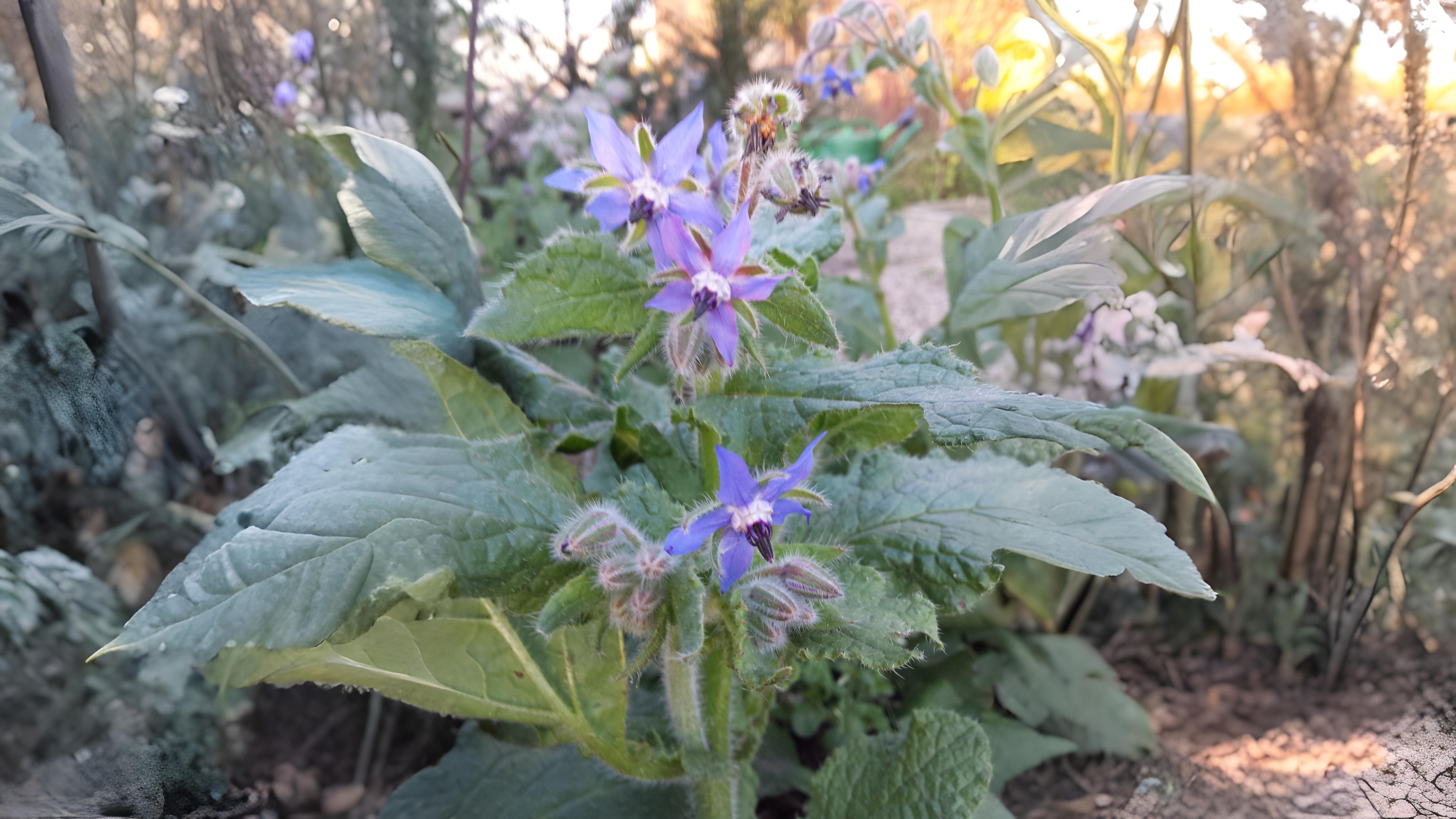
Don’t miss this sensory journey—return on September 8th to read more!
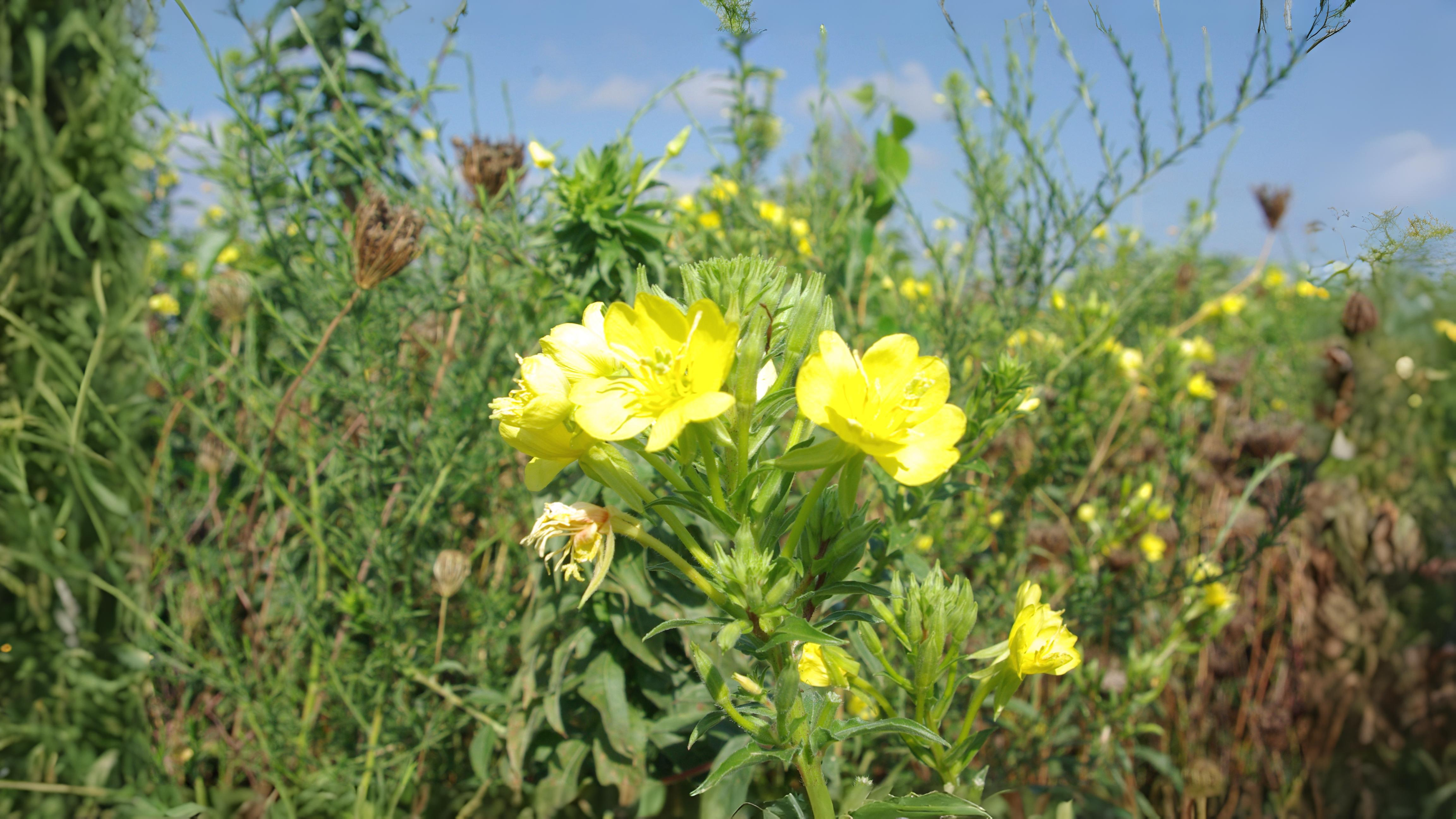

The spicy scents of spring and the thick heady perfumes of summer are now almost over and more earthy, fetid and medicinal smells are taking over. Many that we notice are not so much from the flowers as from bruised leaves we have either handled, brushed past or trodden upon e.g. snapdragon (musky) or restharrow (balsam).
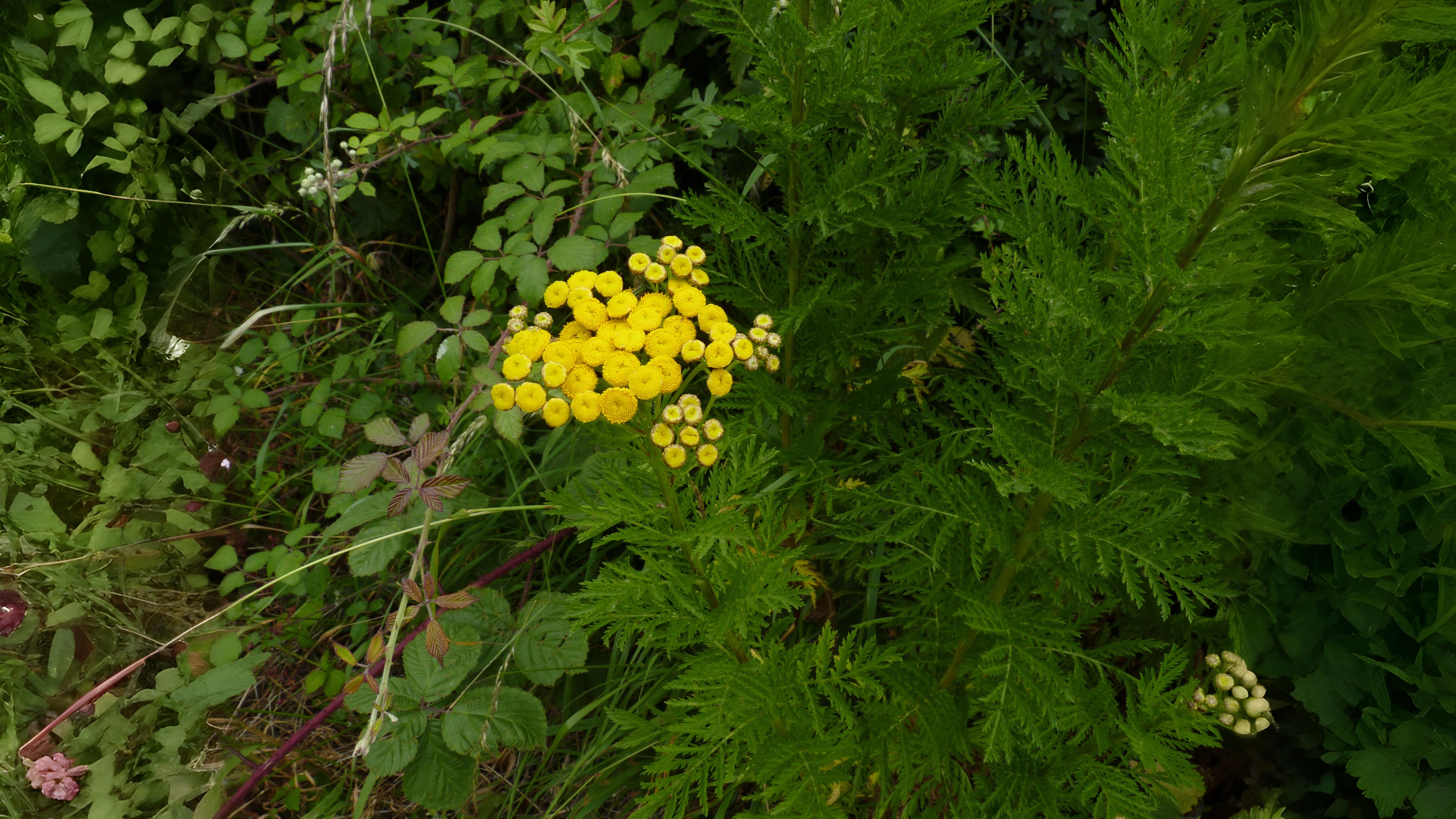

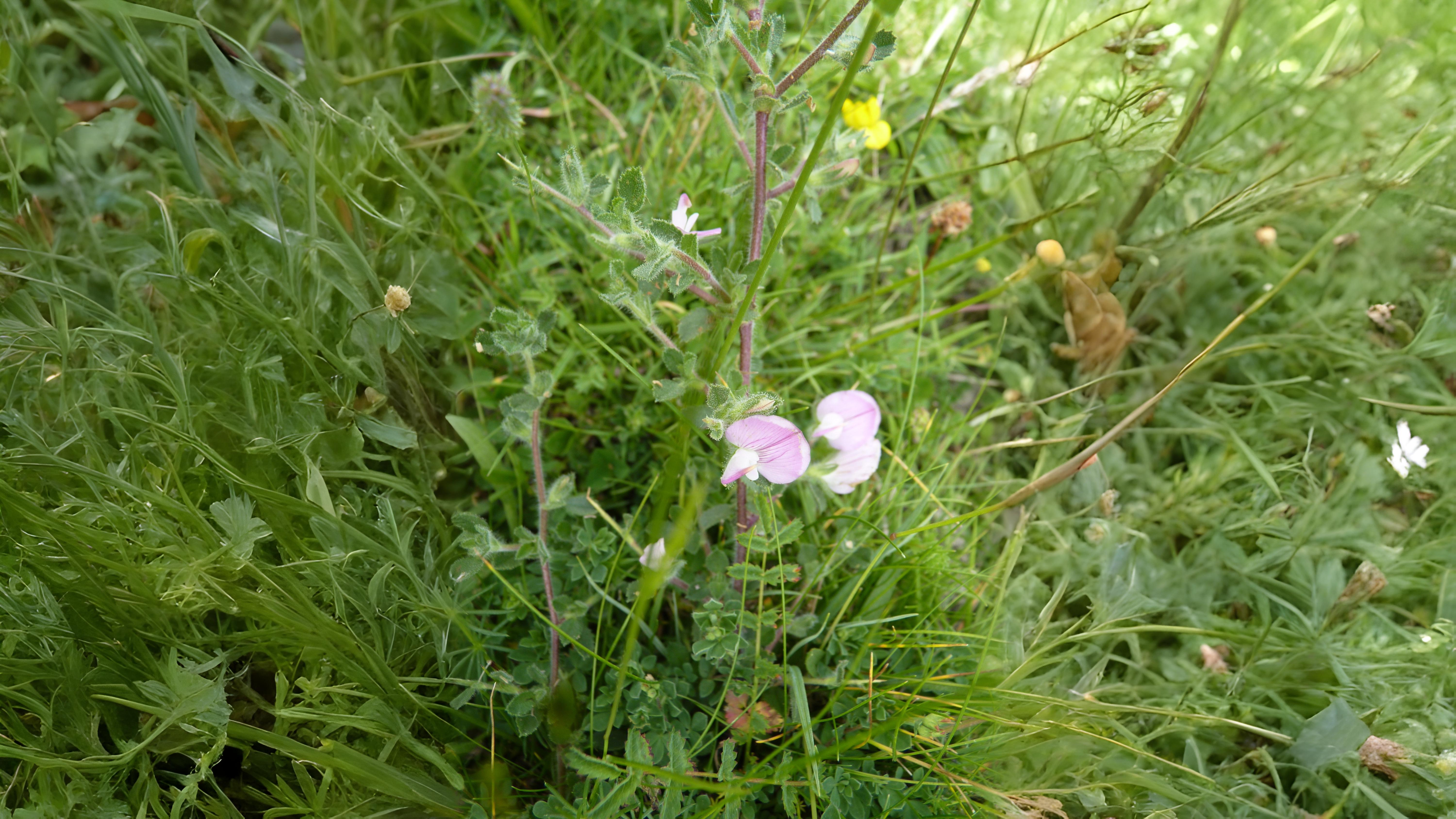

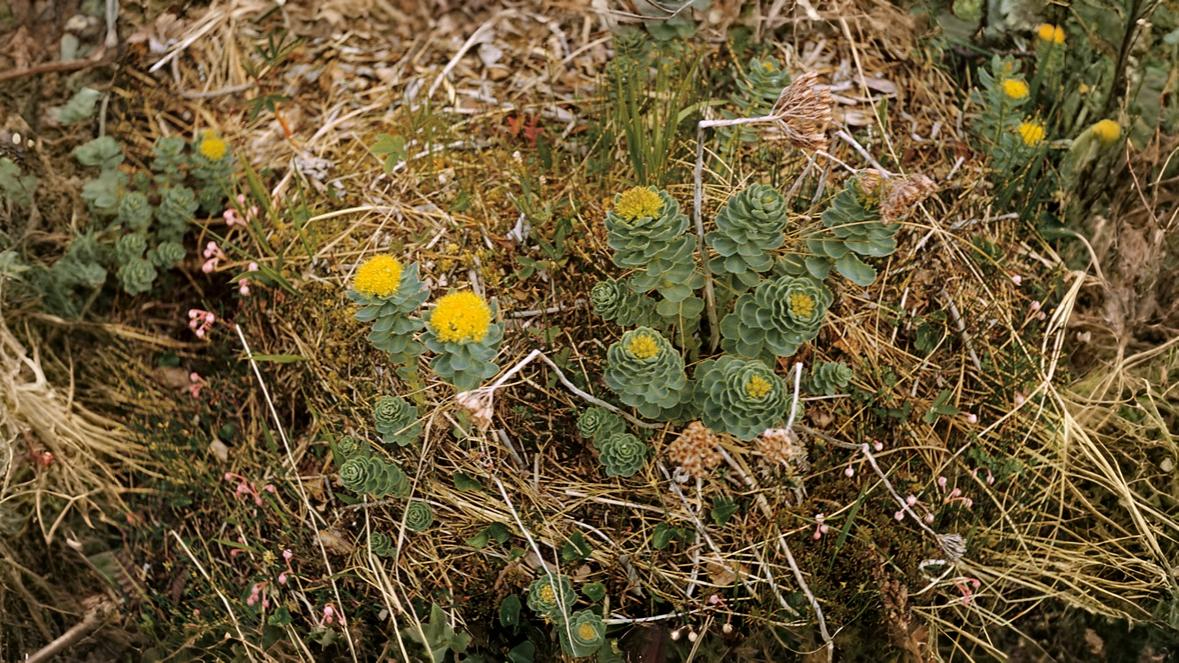

Mugwort Artemisia vulgaris is a large, ugly plant we see a lot of in September, especially on waste ground. Despite its ugliness it has a pleasantly agreeable spicy odour. In its close relation Chinese mugwort A. verlotiorum which flowers a little later, this smell is stronger, so much so its leaves were used in pot pourris.
